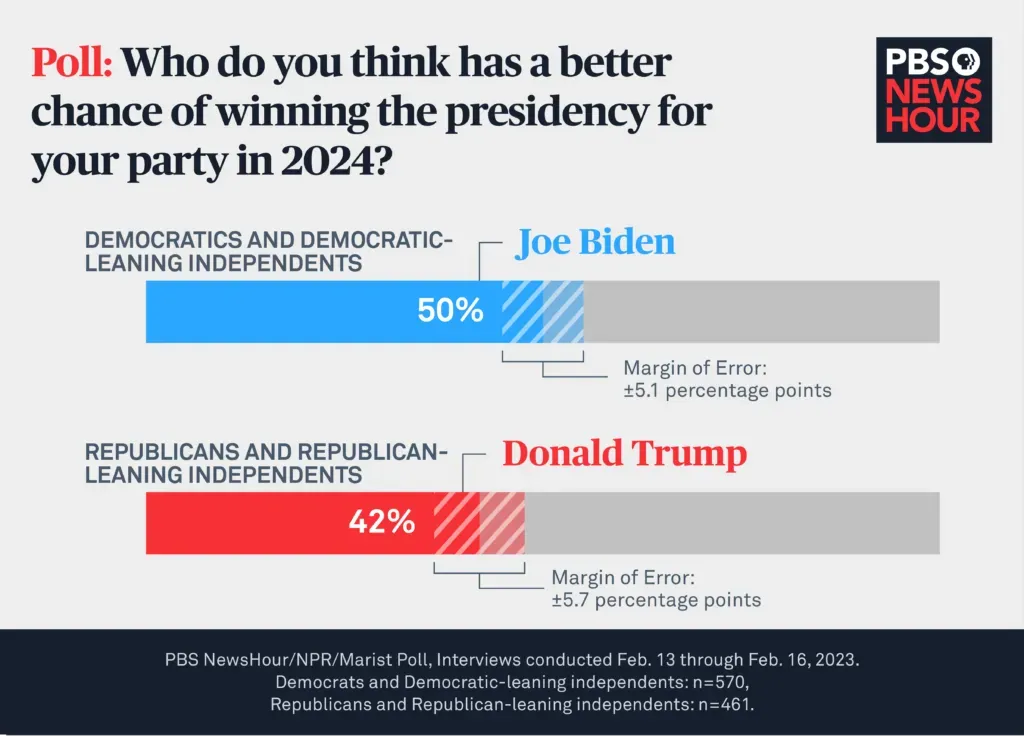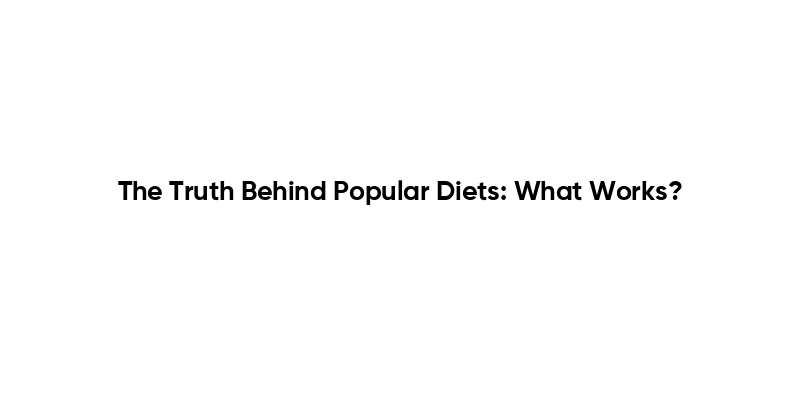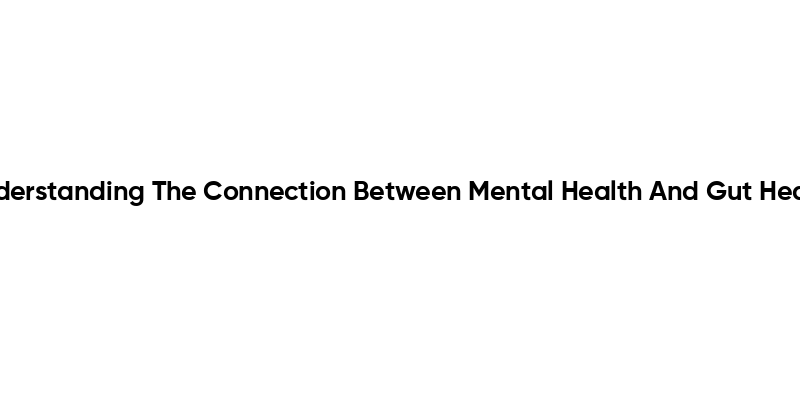Polling predictions play a crucial role in understanding the outcomes of elections, particularly in Canada’s complex political arena. In the recent federal election, these predictions were pivotal, as they accurately forecasted a Liberal Party victory, with Mark Carney leading his team to secure 168 seats in the House of Commons. Despite the challenges and fluctuations throughout the campaign, the polls managed to reflect the sentiments of Canadian voters, achieving a notable degree of accuracy. Federal election polls suggested that the Liberal Party would attain around 43 percent of the vote, which aligned closely with the final results. This level of accuracy highlights the importance of reliable polling data in analyzing the Canadian political landscape and guiding voters’ expectations during election cycles.
Forecasting electoral outcomes has become increasingly significant as various sources analyze voter behavior and preferences. In recent discussions, the effectiveness of these electoral forecasts, often referred to as election pre-poll analyses, sheds light on the potential trajectories of different political parties. As seen during the most recent federal elections, effective election insight is integral for understanding party standings, particularly regarding a Liberal victory. Furthermore, the context in which these predictions are made can greatly impact political strategies, emphasizing the intricate dynamics of the Canadian political landscape. Ultimately, the accuracy and reliability of polls underscore their relevance in shaping public perception and electoral engagement.
Polling Predictions: A Close Look at Their Accuracy
In the lead-up to the recent federal election, polling predictions played a crucial role in shaping voter expectations and party strategies. The accuracy of these predictions typically reflects not only the preferences of the public but also the methodologies employed by different polling organizations. For the latest election, well-regarded firms such as Leger and Abacus Data emphasized that their projections were particularly close to the actual results. With the Liberal Party securing 43.7% of the vote, their forecasts were spot-on, reinforcing the importance of reliable polling data in Canada’s political landscape.
However, despite the overall accuracy, there remains an underlying skepticism regarding some aspects of polling methodologies. Issues such as voter turnout and last-minute changes in public opinion can significantly impact the precision of polls. As noted by experts, expectations of absolute perfection are unrealistic. Polls can provide a snapshot in time, but they cannot predict the dynamics of voter behavior before and on election day. Thus, while the polling predictions indicating a Liberal victory were validated, they also serve as a reminder of the fluid nature of elections.
Understanding the Canadian Political Landscape Through Election Polls
The Canadian political landscape is nuanced and constantly evolving, making the role of election polls essential for understanding public sentiment. This election highlighted the intense competition between the Liberal Party and the Conservative Party, with polls indicating fluctuating support levels leading up to polling day. For instance, regions such as Ontario and the Greater Toronto Area emerged as battlegrounds, with both parties vying for voter support. Polling analysts like Éric Grenier noted that such competitive atmospheres often lead to volatile voter behavior, complicating predictions.
Moreover, the significance of local issues in shaping polling data cannot be understated. Different regions often exhibit unique political preferences, influenced by factors like economic conditions, social issues, and party leadership. Thus, while national polls provide a broad overview, localized data enhances our understanding of the Canadian electorate’s complex nature. By analyzing these dynamics, observers can appreciate the intricacies of electoral outcomes in the context of polling data.
The Role of Poll Accuracy in Federal Elections
Poll accuracy is a critical element in forecasting political outcomes and shaping election narratives. Accurate polls can not only reflect voter intentions but also influence voter turnout and party strategies. In the 2025 federal election, the accuracy of pre-election polls reassured analysts and political parties alike, as the Liberal Party’s projected victory was mirrored in the actual vote count. However, the real test of polling accuracy is during unpredictable campaigns where sentiments can shift rapidly.
That said, the quest for perfect accuracy remains a challenge for pollsters. According to Philippe Fournier from 338Canada, despite their best efforts, polls can sometimes miss the mark due to unexpected voter behavior. This has led to debates about the methodologies used in polling, including how samples are taken and which demographics are represented. Ultimately, continued scrutiny of poll accuracy can help improve methodologies and establish a more reliable framework for future elections.
Party Strategies Influenced by Polling Data
The strategies employed by political parties are often heavily influenced by polling data. As seen in the recent federal election, both the Liberal Party and the Conservatives tailored their campaigns according to the shifting sentiments captured in various polls. Understanding voter preferences allowed the Liberal Party, led by Mark Carney, to craft messages that resonated with key demographics, thus securing a minority government despite facing a competitive Conservative opposition.
Moreover, the Conservatives also adapted their campaign strategy in response to polling data, seeking to bolster support in regions where they were traditionally strong, such as Ontario. The presence of significant Conservative rallies indicated a concerted effort to rally their base, even as polls suggested they might be trailing nationally. By strategically using polling insights, parties can mobilize effectively and potentially sway undecided voters by addressing pressing issues reflected in the data.
Challenges Faced by Pollsters During Election Cycles
Polling during election cycles presents numerous challenges, especially in a diverse political landscape like Canada’s. Pollsters often grapple with the unpredictability of public sentiment, which can change rapidly due to events or campaign developments. For instance, the perceived enthusiasm for Conservative leader Pierre Poilievre at campaign rallies raised questions about the accuracy of polls leading up to the election, as some analysts speculated that actual Conservative support might be higher than reported.
Additionally, factors such as voter apathy and misinformation can also skew polling results. During the latest election, some individuals openly questioned the accuracy of poll estimates, a sentiment that can deter participation in surveys. Pollsters must continuously refine their approaches to ensure they effectively capture the electorate’s voice while contending with the inherent uncertainties that come with each election cycle.
Interpreting the Voting Public’s Sentiment
Interpreting the voting public’s sentiment requires a nuanced understanding of polls and the various factors that contribute to individual voting decisions. The recent federal election outcomes demonstrated distinct patterns of support among various demographics, indicating shifts in priorities and preferences among Canadian voters. For example, younger voters and urban populations often leaned towards the Liberal Party, showcasing a desire for progressive policies and social changes reflected in election campaigning.
Conversely, polling data also highlighted the Conservatives’ stronghold in more rural areas and among older demographics. By dissecting these trends, analysts can gauge the driving forces behind each party’s support. This level of interpretation is crucial not only for understanding election results but also for forecasting future electoral behaviors as Canada navigates its continually evolving political landscape.
Impact of Polling Methods on Election Outcomes
The impact of polling methods on election outcomes is a critical area of study that sheds light on the effectiveness of predicting voter behavior. Different polling organizations employ various methodologies—such as online surveys, phone interviews, and statistical sampling techniques—which can yield varying results. This election, for example, highlighted how firms like Angus Reid Institute and Leger had different approaches, ultimately leading to slightly divergent predictions about the final vote distribution among parties.
Moreover, the way questions are framed in polls can influence responses significantly. For example, leading questions or vague wording might skew results towards particular outcomes. Consequently, the reliability of polling methods becomes paramount in ensuring that predictions accurately reflect the electorate’s intentions. As technologies and methodologies evolve, continuous refinement in how polls are conducted is essential to maintain credibility in the eyes of the public and political stakeholders alike.
The Future of Polling in Canadian Elections
The future of polling in Canadian elections is an intriguing prospect, especially in light of the growing complexities associated with digital engagement and voter behavior. As social media and online platforms increasingly shape public discourse, pollsters face the challenge of adapting their methodologies to better capture sentiment across diverse platforms. The integration of digital analytics and real-time feedback mechanisms may enhance the ability of pollsters to predict electoral trends more accurately.
Additionally, there is a growing demand for transparency in polling processes, as audiences become more discerning about the credibility of the information they consume. With increased scrutiny, it is imperative that polling organizations uphold high standards of accuracy and ethics in their work. By fostering trust through transparent methodologies, the future of Canadian election polling can evolve to meet the expectations of both political entities and the electorate, ultimately resulting in a more informed voting public.
Frequently Asked Questions
What do recent polling predictions tell us about the Canadian political landscape?
Recent polling predictions showcased a significant Liberal Party victory, with forecasts indicating that they would win around 43% of the popular vote. This outcome reflects the current Canadian political landscape where the Liberals, led by Mark Carney, successfully garnered 168 seats in the House of Commons, affirming the accuracy of many pre-election polls.
How accurate are federal election polls in predicting outcomes?
Federal election polls have shown remarkable accuracy in recent elections, as evidenced by the Liberal Party’s expected seat count closely aligning with poll predictions. Despite some fluctuations, polls are often validated during elections, although it is unreasonable to expect them to be perfect.
What role did polling predictions play in the 2025 Canada election analysis?
Polling predictions played a crucial role in the 2025 Canada election analysis by providing insights into voter preferences. Major polling organizations, such as Leger and Abacus Data, predicted close results for each party, highlighting the anticipated Liberal victory and the Conservative support that exceeded expectations.
Can polling accuracy influence voter behavior in federal elections?
Yes, polling accuracy can influence voter behavior by shaping perceptions of party support and momentum. For instance, during the 2025 federal election, criticisms of certain polls might have motivated Conservative supporters, but ultimately, overall polling trends indicated a clear advantage for the Liberal Party.
What factors contribute to the perceived unreliability of polling predictions?
Factors contributing to the perceived unreliability of polling predictions include fluctuating voter sentiments, regional variations, and the challenge of measuring the opinions of all demographic groups accurately. Concerns during the recent federal election highlighted potential discrepancies between rally attendance and polling predictions.
How did the polling predictions for the Liberal Party compare to actual election results?
Polling predictions for the Liberal Party were quite accurate, estimating around 43% of the vote, closely matching the final results of 43.7%. This successful prediction reinforced the credibility of polls and illustrated how they can reflect the electoral outcomes in the Canadian political context.
What lessons can we learn from the polling predictions of the 2025 federal election?
The 2025 federal election highlights the importance of understanding polling methodologies and their limitations. It illustrates that while polls can provide valuable insights into electoral trends, they are not infallible and should be interpreted alongside other indicators of voter sentiment.
What trends in polling predictions might affect future Canadian elections?
Trends in polling predictions that may affect future Canadian elections include the increasing reliance on digital data collection methods and the growing importance of social media sentiment analysis. Additionally, as voter demographics evolve, pollsters may need to adjust their techniques to maintain accuracy in reflecting the changing Canadian political landscape.
| Key Point | Details |
|---|---|
| Poll Accuracy | Despite some distrust, polls correctly predicted the Liberal Party’s seat count. |
| Election Outcome | Liberal Party won 168 seats; Conservatives secured 144. |
| Voting Projections | Liberal: 43.7%, Conservative: 41.3%, Bloc Québécois: 6.3%, NDP: 6.3%, Green: 1.2%. |
| Pollster Validation | Elections validate pollster predictions, but perfection is not guaranteed. |
| Public Skepticism | Some voters doubted polls; however, final predictions proved relatively accurate. |
Summary
Polling predictions play a crucial role in electoral outcomes, as evidenced by the recent federal election where the accuracy of polls was remarkably validated. Mark Carney’s Liberal Party emerged victorious, closely aligning with the predictions made by various polling agencies. While skepticism remains among the public regarding polling accuracy, the results illustrate that major polls can provide a reliable forecast of voter behavior. As elections reflect the will of the people, the latest data supports the proficiency of pollsters in capturing vital electoral trends.



